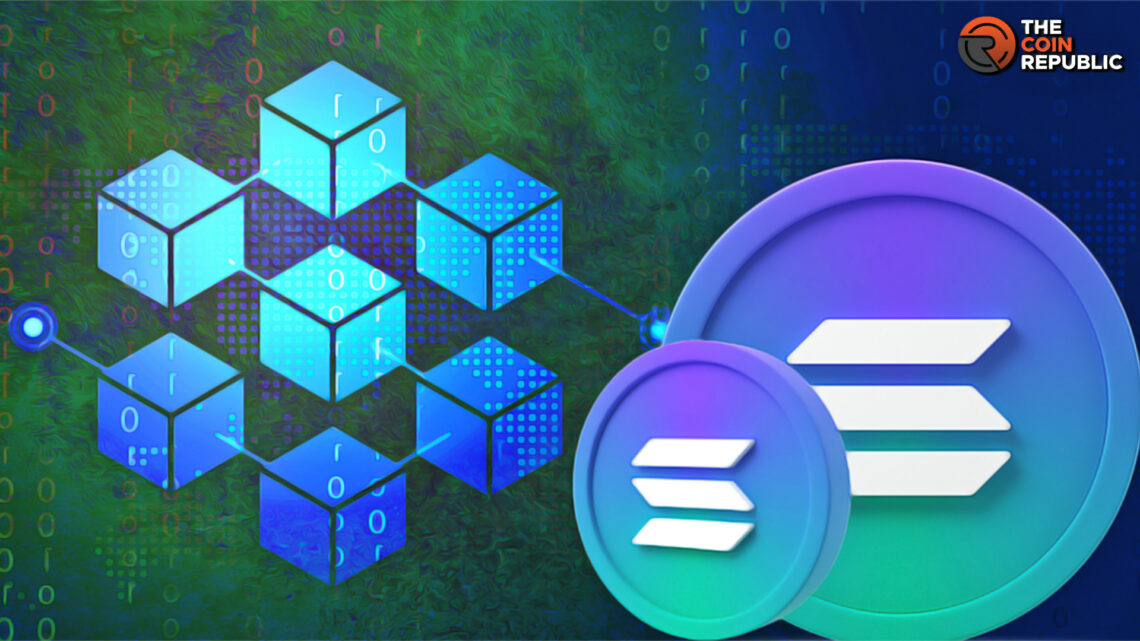- 1 Bridging Ethereum to Solana is an optimization process that churns out many benefits.
- 2 It diversifies the portfolio, reduces the cost, and grants access to unique applications.
- 3 By knowing the insights and process of bridging, the users can adapt it easily.
For the uninitiated, developers bridge assets from Ethereum to Solana due to many merits. It helps in diversifying the portfolio while lowering transaction costs and giving access to unique applications. Due to so many advantages, this process is quite valuable to crypto users. That’s why it makes sense to know its basics before one gets familiar with the process.
Things to Know About Bridging to Solana
As mentioned above, the process ekes out several benefits to the users. It brings the best out of the two powerful ecosystems. Using this method, users can safely transfer tokens belonging to different protocols. It connects a wide range of tokens with low slippage. Also, it establishes a decentralized bridge service that facilitates all the tasks.
Furthermore, it connects a broad array of EVM and Solana-based wallets. At the same time, it brings other networks like Optimism and Arbitrum together.
The Risks of Bridging
While offering so many merits, it also exposes the users to some risks. This includes network congestion, phishing attacks, and smart contract vulnerabilities. However, the platforms have taken steps to fix this situation. Allbridge has taken some significant steps towards beefing up the overall security. Despite all the efforts, experts suggest that users stay cautious. The users can take preventive measures to reduce the risks in the network.
Bridge Fee Essentials to Know About
The fee depends on the purpose users achieve and who they take help from.
Bridge Service Fee– Some providers charge fees for their bridging service.
Solana Fee– Solana charges its users but maintains an assorted structure that is not as dynamic as Ethereum’s.
Transaction Complexity– The cost of bridging increases when the complexity of the process enhances. As a result, it converts into a fee that is passed on to customers.
Gas Prices (Ethereum)– On Ethereum, gas prices waver depending on the network demand. It is measured in gas and paid in ETH.
Network Congestion– When the network observes more rush, the demand for gas goes up too. Consequently, the transaction fee increases.
Step-By-Step Guide to Bridging
1. The users have to connect their wallets to a portal like Metamask first.
2. Secondly, they have to select the asset to be transferred.
3. The next step involves inputting the amount.
4. The portal asks the user to confirm the transaction and pay the fee.
5. The execution begins and the platform takes care of the whole process.
6. After finishing the process, the platform sends the user a confirmation message.
The entire process takes between 10 to 30 minutes. But if the transfer volume exceeds $100,000, the time may extend up to 12 hours. The Portal Bridge makes the whole process seamless, swift, and secure. So, using the program is very helpful for every crypto user. So much so that experts recommend bridging to most token holders.
Now, one could be worried about the risks, but the platforms give users the options to make it safe. They continue to make bridges adaptable and reliable processes.

Nancy J. Allen is a crypto enthusiast, with a major in macroeconomics and minor in business statistics. She believes that cryptocurrencies inspire people to be their own banks, and step aside from traditional monetary exchange systems. She is also intrigued by blockchain technology and its functioning. She frequently researches, and posts content on the top altcoins, their theoretical working principles and technical price predictions.


 Home
Home News
News










